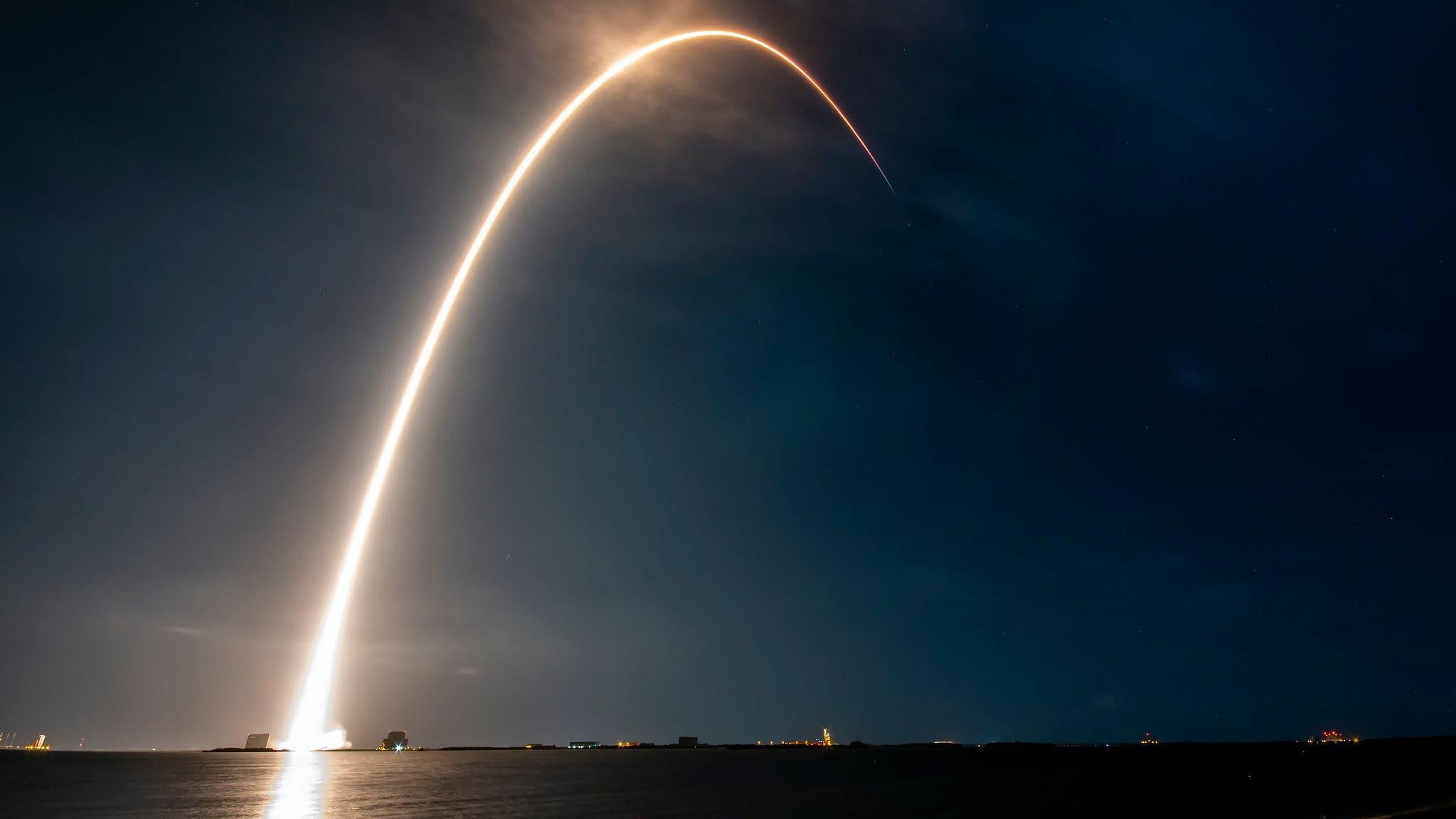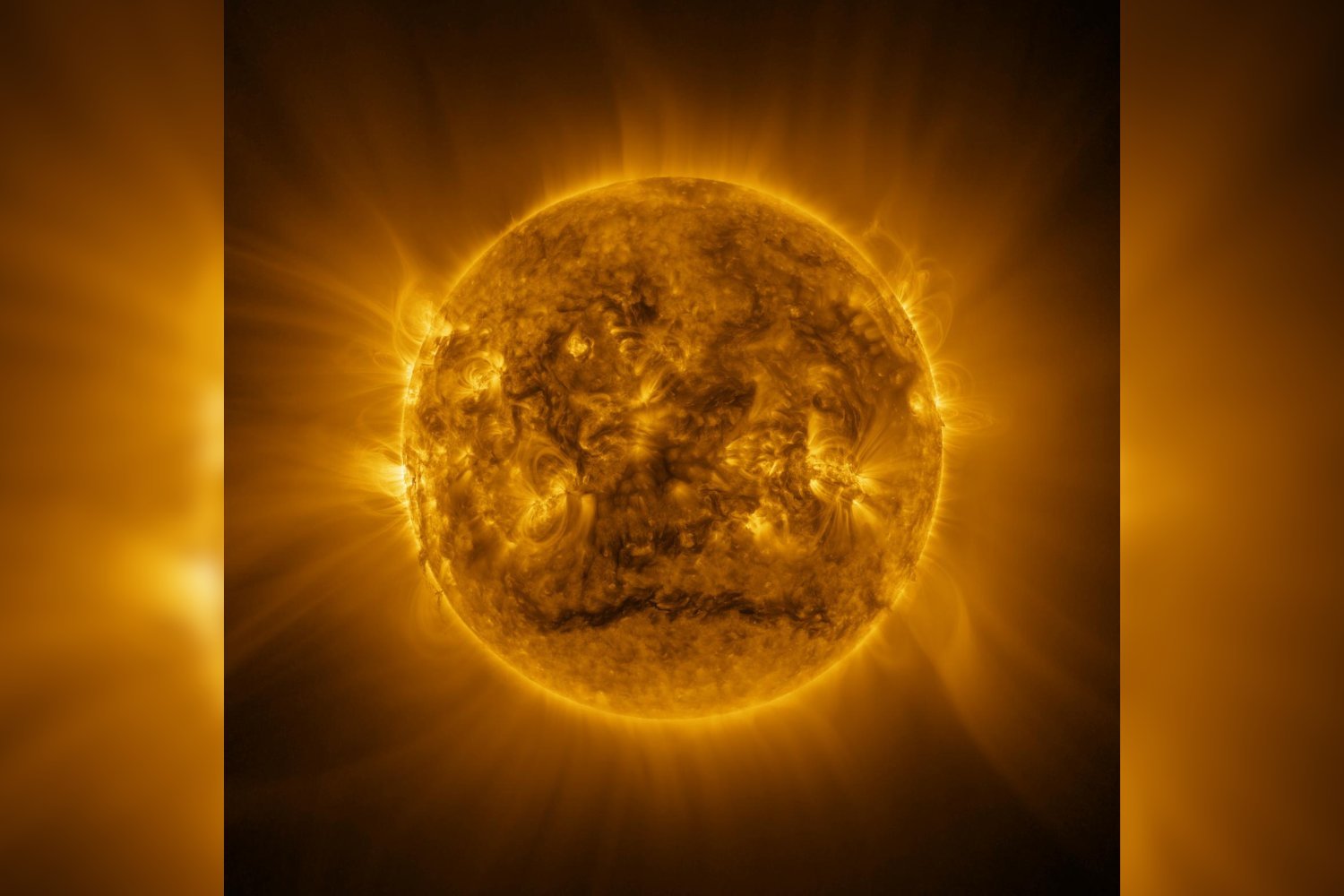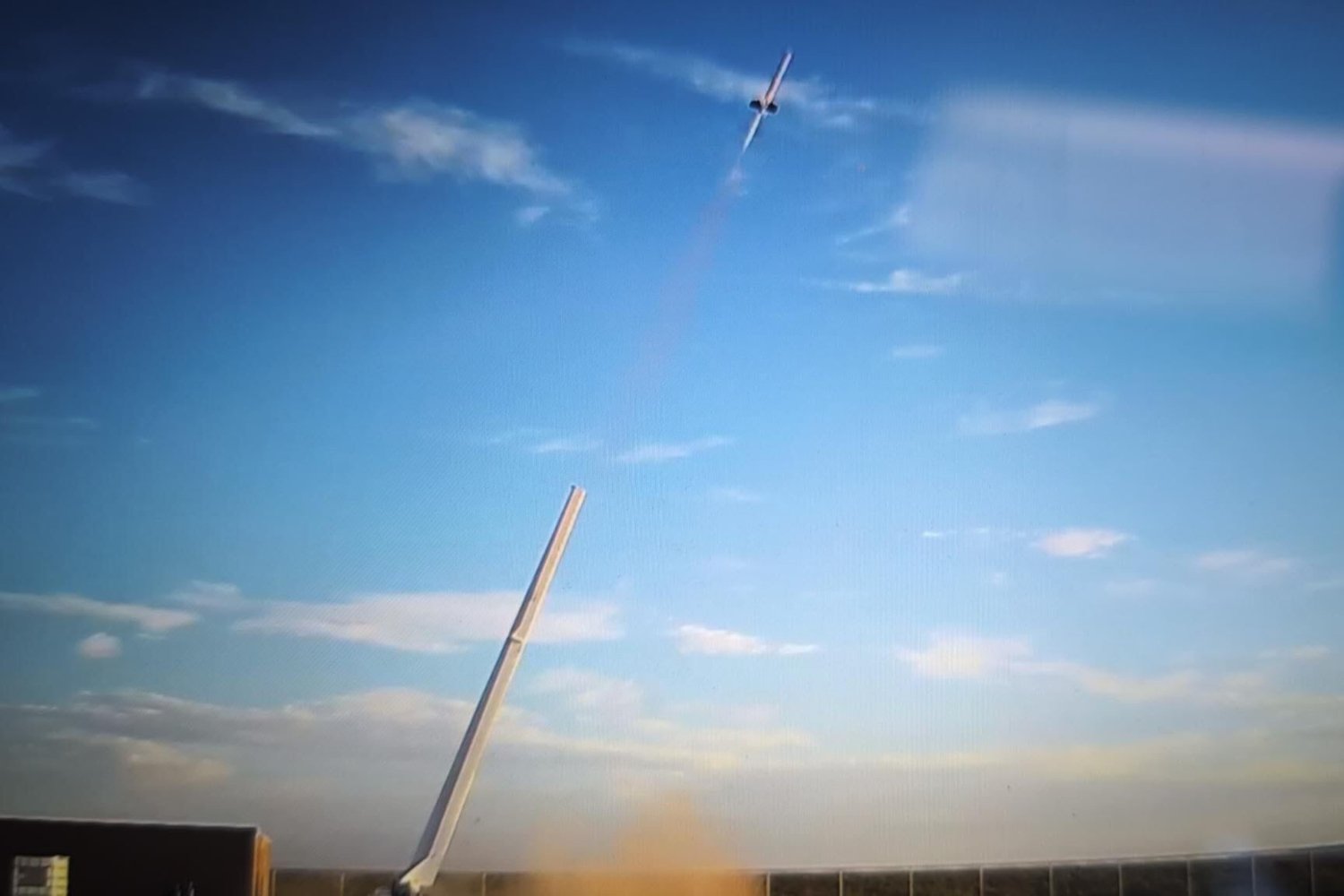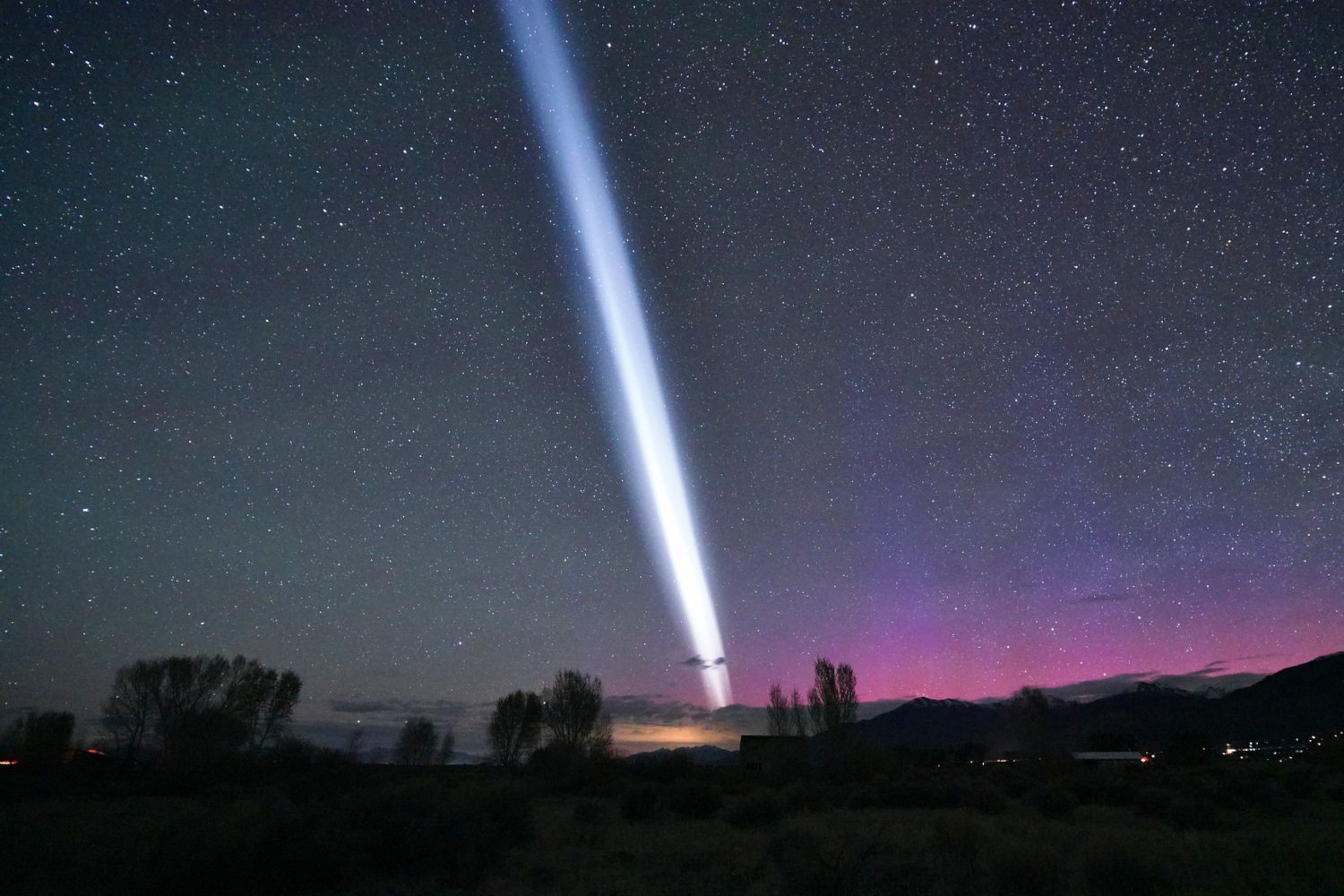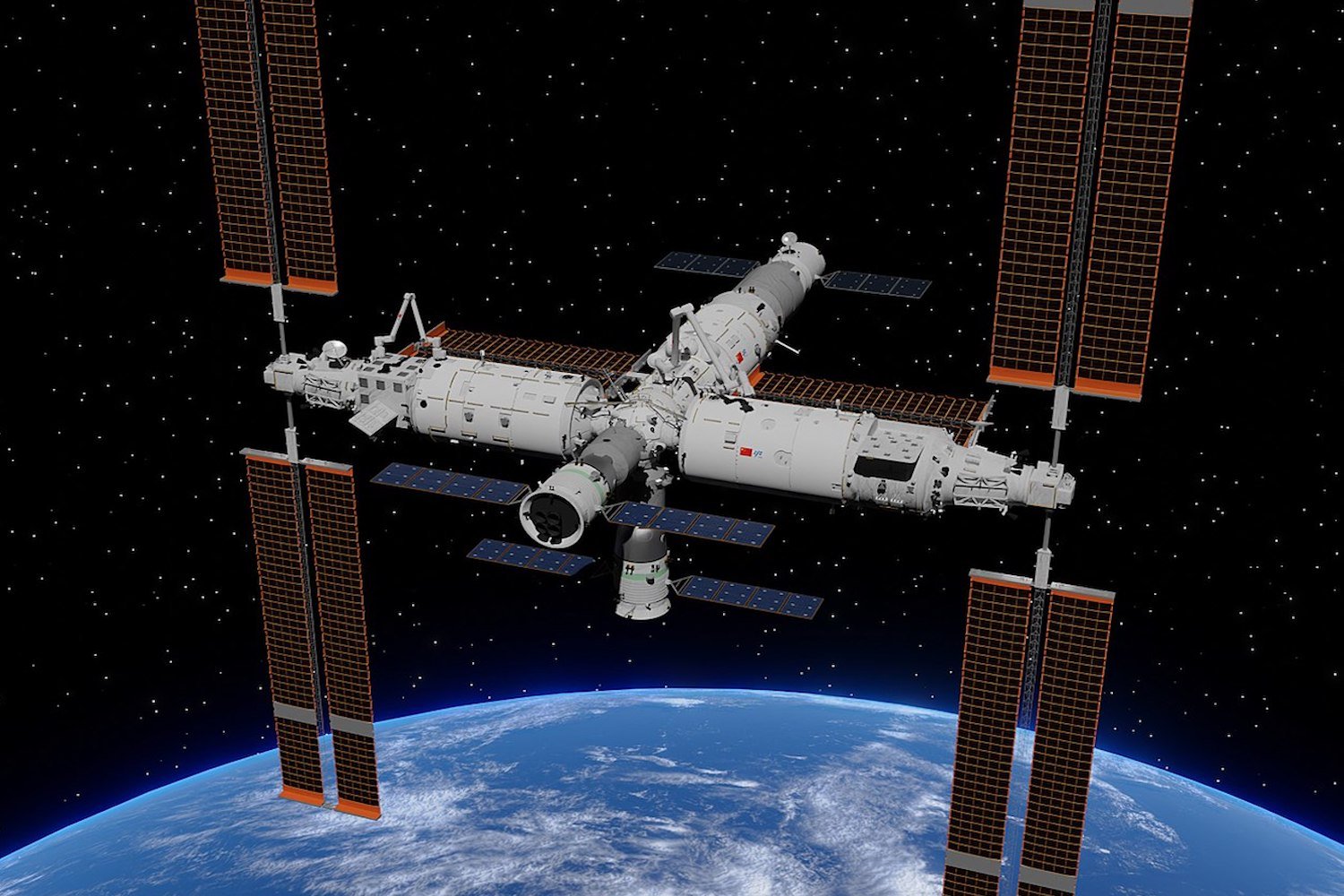SpaceX recently launched its 475th Falcon 9 rocket, further solidifying its position as the most-launched American orbital rocket. The company’s ambitious plans to significantly increase launch frequency at Cape Canaveral Space Force Station, however, are facing scrutiny from environmental groups. SpaceX aims to boost launches from 50 to 120 annually, essentially launching a rocket every three days. This requires a license modification from the Federal Aviation Administration (FAA) to construct a new booster landing zone.
Environmental Impact Under Scrutiny
The FAA’s draft environmental assessment concluded that the increased launch cadence wouldn’t significantly impact the local environment. However, several environmental organizations disagree. Groups like the Indian River Lagoon Roundtable and the South Atlantic Fishery Management Council (SAFMC) have voiced concerns about potential air, water, and soil pollution. The SAFMC specifically warned that bioaccumulation of pollutants in fish could render them inedible and impact local fisheries.
Audubon Florida also raised concerns about the impact on prescribed fire management practices crucial for maintaining the habitat of fire-adapted species like the scrub jay. These controlled burns are essential for preserving the biodiversity of the area, which has a naturally high rate of lightning strikes. While the FAA asserts that SpaceX adheres to all relevant environmental regulations, these groups are pushing for a more thorough evaluation of the potential long-term consequences.
Florida’s Space Coast and the Future of Starship
Florida’s Space Coast, encompassing both Cape Canaveral and Kennedy Space Center, saw a record 93 launches last year, with SpaceX leading the charge. Beyond the Falcon 9, SpaceX also plans to invest $1.8 billion to bring its Starship program to Florida by 2030. Currently launched from Boca Chica, Texas, Starship has faced its own share of environmental scrutiny.
Concerns raised in Texas range from habitat destruction and wildlife endangerment to general pollution. These concerns are now echoed in Florida, where SpaceX is considering two potential Starship launch sites, one at each space center. During a recent FAA public hearing, local activists expressed anxieties about increased exhaust trails and potential wastewater discharge from Starship operations, particularly the impact on the already vulnerable Indian River Lagoon.
Balancing Space Exploration and Environmental Protection
As Cape Canaveral becomes increasingly central to the nation’s burgeoning space industry, the tension between economic development and environmental protection is coming to a head. Environmental groups are advocating for greater scrutiny of the industry’s ecological footprint, ensuring that the pursuit of space exploration doesn’t come at the cost of Florida’s unique and fragile ecosystems. The FAA has acknowledged the public comments and plans to incorporate them into a final environmental assessment. MaagX reached out to both the FAA and SpaceX for further comment; the FAA directed us to their existing documentation, while SpaceX did not respond.
A Sustainable Future for Spaceflight
The future of space exploration hinges on finding a sustainable balance between ambitious technological advancements and responsible environmental stewardship. As SpaceX and other companies push the boundaries of spaceflight, ongoing dialogue and rigorous environmental assessments will be crucial to ensuring the long-term health of our planet alongside our progress in space.



